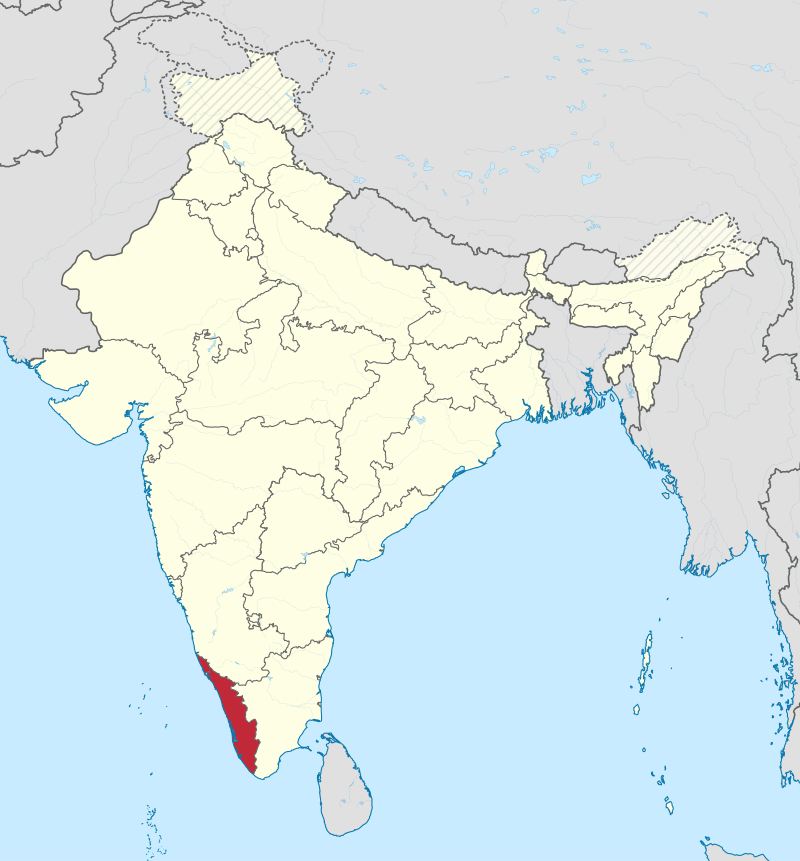
We rejoin St. Thomas and his travels, after the council of Jerusalem he traveled back to India, by sea this time.
A new route to India was being used by 50 AD ---the monsoon route. discovered by the Greek seaman Hippalos, from Arabia to India; it shortened the route from a year to about 40 days.
St. Thomas seems to have stayed on the island of Socotra off the Arabian coast for some time making converts there, waiting to sail to India. This island was on the sea route using the monsoons.
There is evidence of Christians on the island of Socotra in the 10th century, the Arab geographer Abu Muhammad al-Hasan al-Hamdani, stated that in his time most of the inhabitants were Christians. When St. Francis Xavier arrived on the island in 1542, on his way to India, there was still a Christian community in the hills of the island. They claimed St. Thomas brought them the Faith.
A Christian community existed on the island of Socotra all the way up to the 1800's, until they were wiped out by Mulism Wahabis.
There is a strong tradition from both Christian and Hindu that St. Thomas arrived in Cranganore on Malabar on the south west coast of India in the year 52 AD (the time St. Paul was in Corinth). Cranganore was the capital of the Chera kingdom. It is relatively the same area as the present Kerala.
It seems Thomas arrived alone. There was no Jewish community in India at this time, so he went to the locals from the start. He probably learned some Prakrit, the language in the north. on his first mission, using this briefly, till he acquired Tamil, the local language.
The Bramans wrote in Keralolpathi about St. Thomas' arrival:
"Thoman, an opponent of all vedas [came to the Malabar coast and converted] many prominent people in the land"
In another writing, [I can't even pretend to pronounce] Nagargarandhravaryolam, a record from the family Kalathu Mananotes writes:
"Kali year 3153 [52AD] the foreigner Thomas Sanyasi came to our village, preached there, causing pollution. We therefore came away from that village."
This Town, Palayoor, still has a Syro-Malabar Church on the ruins of a Hindu temple to this day.
Christian tradition holds that there were miracles by the hundreds and baptisms by thousands, St. Thomas was quite successful on his second mission. Jews, who came later, in 68 AD, found a thriving Christian Church.
Though documentation of his efforts are rare, we can see his work by its fruits. When the Europeans arrived in the 1500's, they found a Church, honoring St. Thomas, with a priesthood, which still exists today, with hundreds of thousands of believers.
St. Thomas labored 17 years preaching. When he saw it was a solid community; he moved on to the next kingdom of Chola, near the city of Madras. This is where he was killed by Brahmans, pierced through the heart, by a knife, or a spear; we are not sure. But His tomb is honored by Christian Indians to this day, in the area of Mylapore.
 |
| St. Thomas Tomb in India |
continue to next chapter
No comments:
Post a Comment